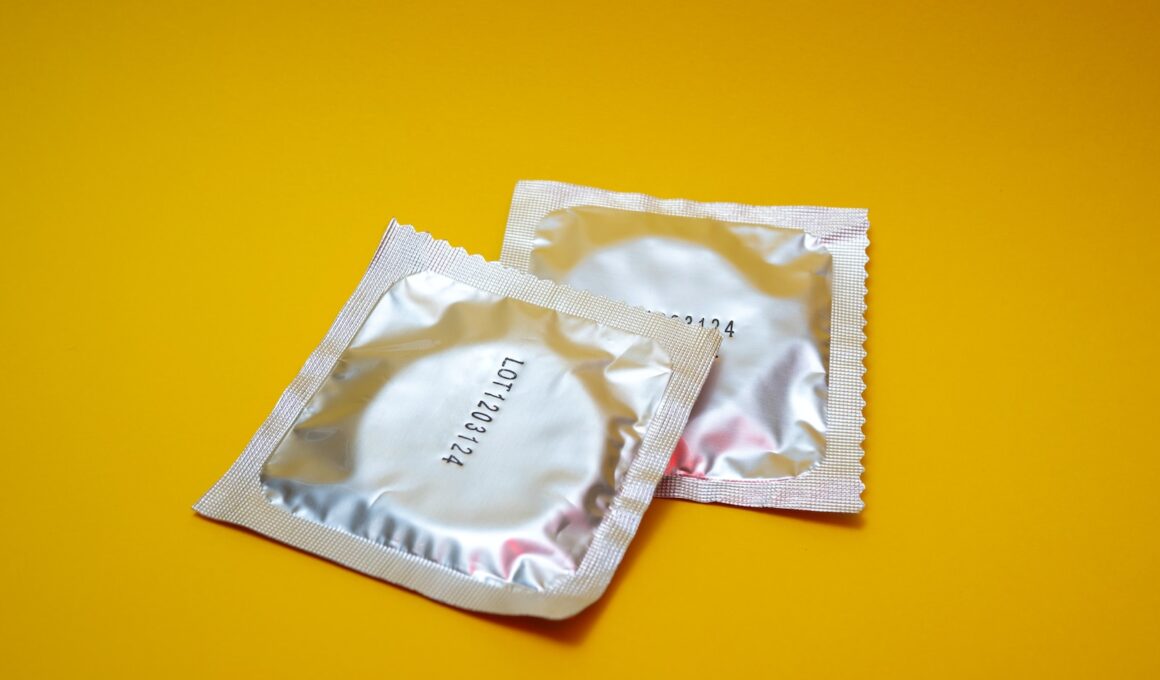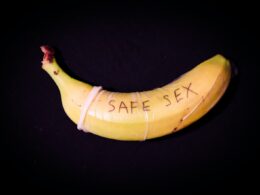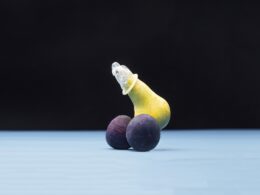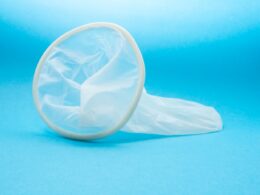Condoms are 99% effective at preventing HIV transmission and many other STDs when used correctly. They provide a barrier between bodily fluids and the genital area, which can contain pathogens.
External condoms (placed on penises) and internal condoms (placed in the anus or front hole of the vagina) are both very effective. Using lubricant and storing them properly help maximize effectiveness.
What is a condom?
Condoms are flexible, latex, polyurethane, or polyisoprene plastic devices designed to prevent pregnancy and certain sexually transmitted diseases (STDs). They are available in many colors, shapes, sizes, and designs. They are inexpensive and can be bought at drug stores, supermarkets, family planning clinics, and some bars and clubs. They are usually less than $1 each and come with an expiration date. They should be stored in a cool, dry place and replaced regularly.
Both male and female condoms reduce the risk of HIV infection and other STIs when used correctly. They are especially important for teens and women entering menopause. They are also effective when combined with pre-exposure prophylaxis (PrEP) taken daily, an oral medication that lowers the risk of HIV transmission by nearly 99 percent when used consistently and correctly.
To use a male condom, remove it from the packaging and put it on the head of your erect penis. If you’re uncircumcised, pull back the foreskin first. If you’re using a female condom, insert it into your anus before starting sex. It can be helpful to add lubricant to the outside of the condom before putting it in, but oil-based lube increases the risk of breakage or slippage during sex. A latex condom that fits is more comfortable and less likely to tear than a non-latex one.
How do I use a condom?
Condoms can prevent HIV and many other STIs (such as gonorrhea, chlamydia, and syphilis) when they are used correctly every time you have sex. Using a condom correctly is easier than you might think, but it’s important to follow the directions on the package. Condoms are most effective when they’re used right away after you open them. They are most likely to break or leak if they’re left on too long or if you use too much lubricant.
Start by checking the expiration date on the condom wrapper or box. If it’s expired, throw it out and get a new one. You can also buy spermicide-coated condoms, which contain the chemical nonoxynol-9, which kills sperm. These may reduce the risk of pregnancy a little, but they don’t work as well as uncoated condoms.
If you’re not using internal condoms (which have rings on both ends), find a comfortable position and carefully open the condom wrapper. Make sure not to poke a hole in the condom with your fingernails or teeth.
After you’ve opened the wrapper, squeeze the sides of the inner ring on the closed end of the condom into an oval shape. Then insert the condom into your vagina or front hole, like you would a tampon. It might feel tight at first, but it’ll expand once inside. You can add a bit of water-based lubricant to help it slip in smoothly.
Can I get aids if I use a condom?
A person cannot get AIDS from using a condom, but people can get other STDs during unprotected sexual intercourse. Vaginal and anal sex without a condom is the most common way that HIV or other STDs can enter the body. HIV can also be transmitted through vaginal secretions or the anus, and other STDs can be transmitted through oral sex.
Using a condom can help to protect against HIV and other STDs during sex, but it is important to use it consistently for the best protection. Drinking alcohol or taking certain drugs can impair a person’s judgment and coordination, making it more difficult to use a condom correctly.
Pre-exposure prophylaxis (PrEP) is more effective than condoms at preventing HIV transmission, but it requires consistency and frequent prescription refills.
Can I get aids if I don’t use a condom?
Using condoms significantly reduces your risk of HIV transmission. However, there are still some behaviors that increase your risk of HIV transmission. Rough sex, cuts or sores that allow blood into the body, and drug use can all increase your chances of passing HIV to a partner. Getting tested regularly and starting PEP (post exposure prophylaxis) within 72 hours of an HIV infection can help lower your risk of infection as well. PrEP is also more effective at preventing HIV transmission than condoms during sexual activity, but it requires consistency and prescription refills. Using condoms is still the best way to prevent STDs in general.









